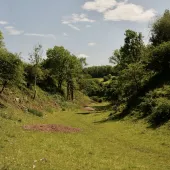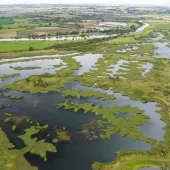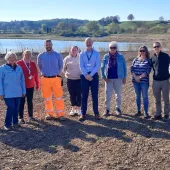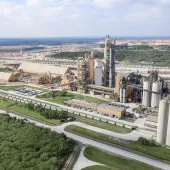Welsh slate landscape gains World Heritage status
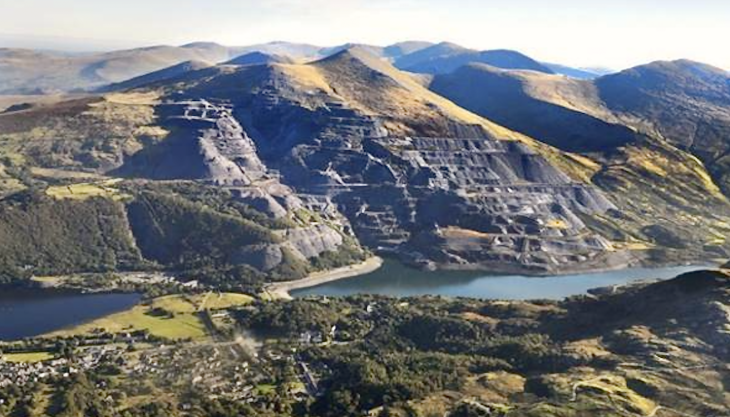
Slate landscape of north-west Wales becomes the country’s fourth UNESCO World Heritage Site
THE slate landscape of north-west Wales has been added to the UNESCO World Heritage List, making it the UK’s 33rd UNESCO World Heritage Site and the fourth in Wales, following the Pontcysyllte Aqueduct, Blaenavon Industrial Landscape and the Castles and Town Walls of King Edward in Gwynedd.
The new World Heritage Site is a serial property in six parts including spectacular quarry landscapes such as Penrhyn, Dinorwig, the Nantlle Valley and Ffestiniog. It also includes the National Slate Museum in Llanberis, Penrhyn Castle and the famous Ffestiniog and Talyllyn railways, built to help transport the slate from quarry to markets around the world and both later transformed through the dedication of volunteers into heritage railways.
The World Heritage Committee said of the newly inscribed site: The slate landscape of north-west Wales illustrates the transformation that industrial slate quarrying and mining brought about in the traditional rural environment of the mountains and valleys of the Snowdon massif.
The territory, extending from mountain top to sea coast, presented opportunities and constraints that were used and challenged by the large-scale industrial processes undertaken by landowners and capital investors, which reshaped the agricultural landscape into an industrial centre for slate production during the Industrial Revolution (1780–1914).
The serial property comprises six components each encompassing relict quarries and mines, archaeological sites related to slate industrial processing, historical settlements, both living and relict, historic gardens and grand country houses, ports, harbours and quays, and railway and road systems illustrating the functional and social linkages of the relict slate industrial landscape.
The property was internationally significant not only for the export of slates, but also for the export of technology and skilled workers from the 1780s to the early 20th century. It played a leading role in the field and constituted a model for other slate quarries in different parts of the world. It offers an important and remarkable example of interchange of materials, technology and human values.
First Minister of Wales Mark Drakeford said: ‘Today’s announcement recognizes the significant contribution this part of North Wales has made to the cultural and industrial heritage not only of Wales, but of the wider world. Welsh slate can be found all over the world.
‘The quarrying and mining of slate has left a unique legacy in Gwynedd, which the communities are rightly proud of. This worldwide recognition today by UNESCO, will help preserve that legacy and history in those communities for generations to come and help them with future regeneration.’




